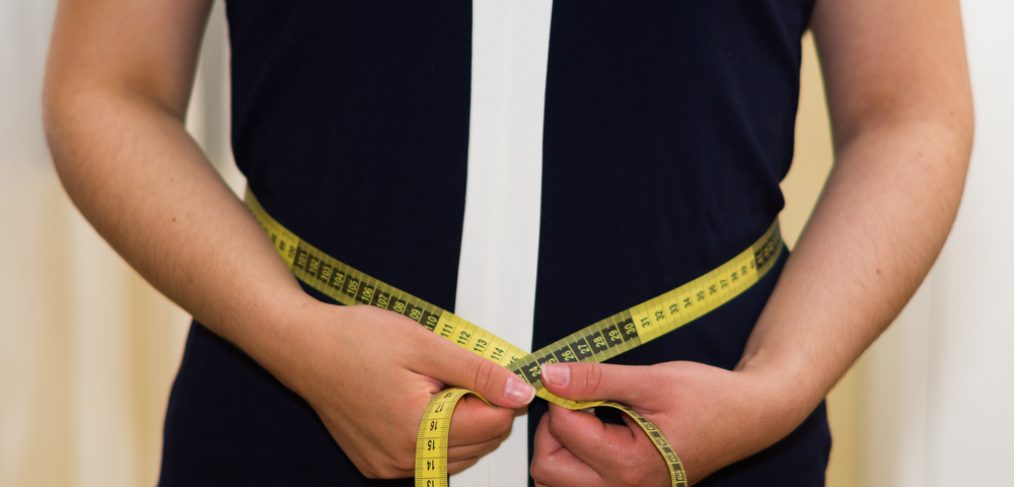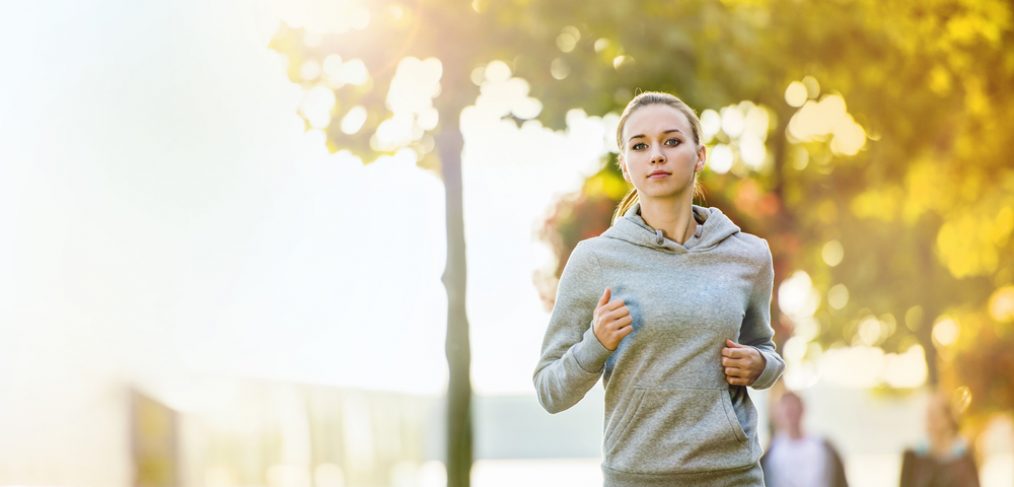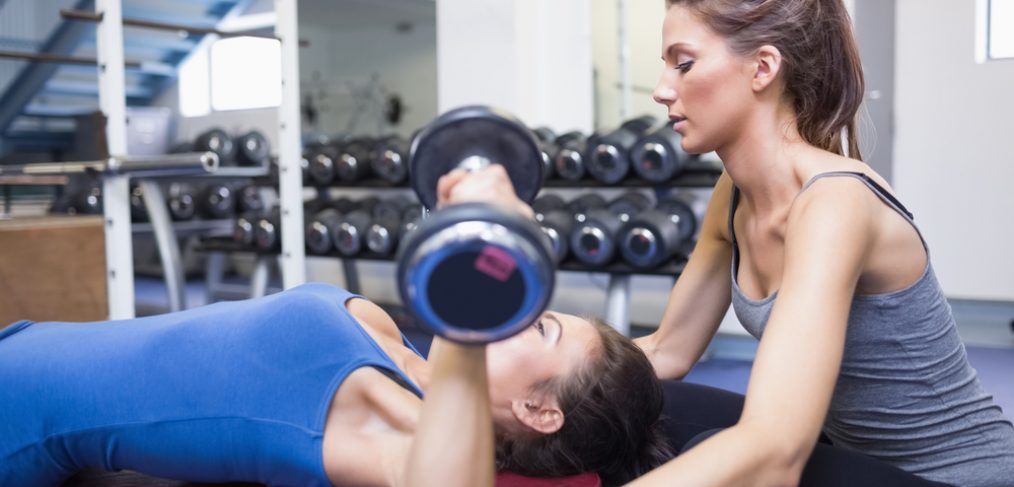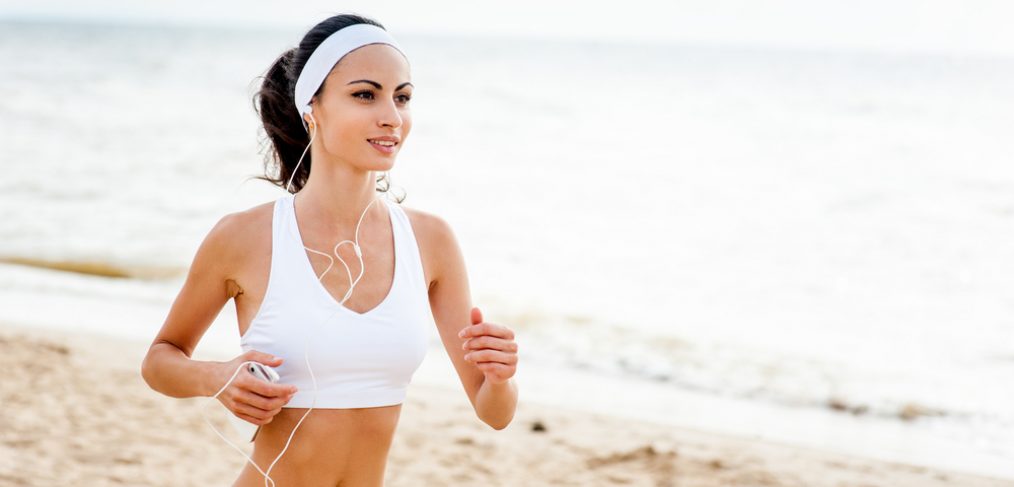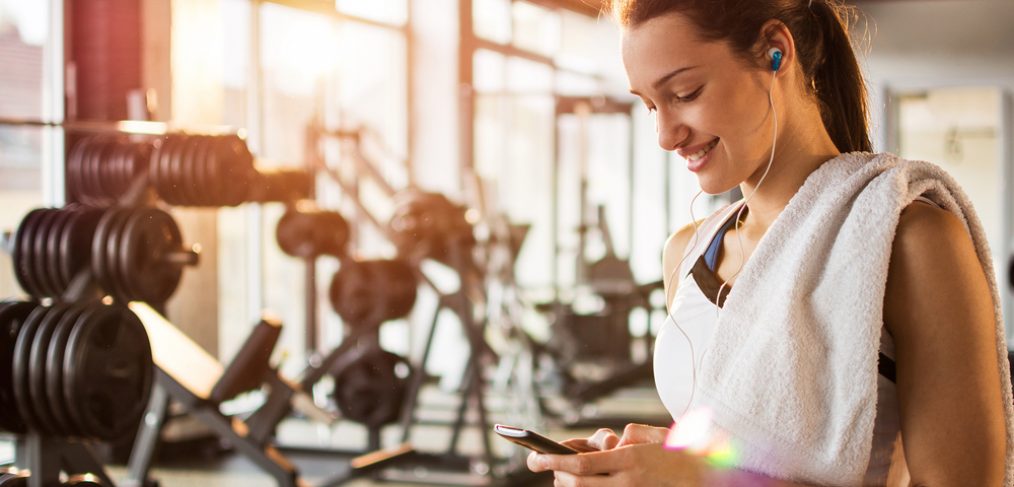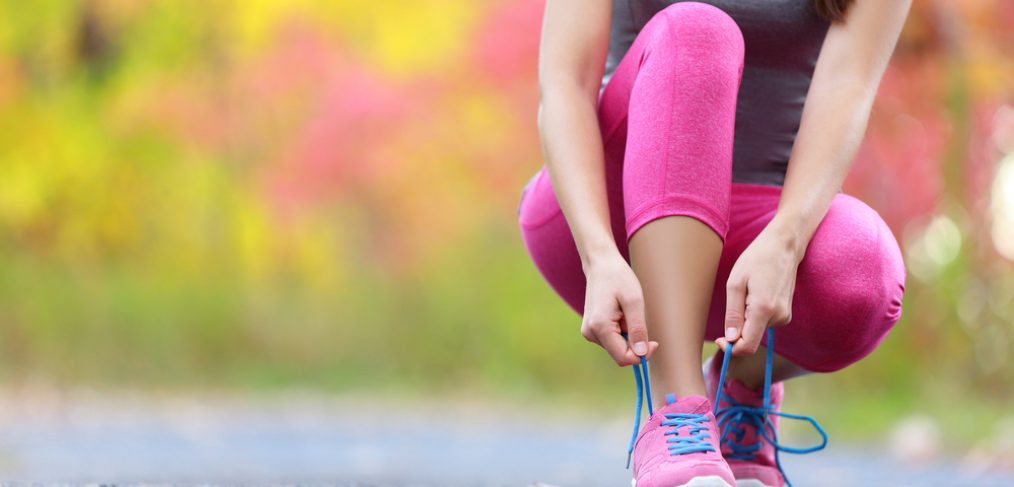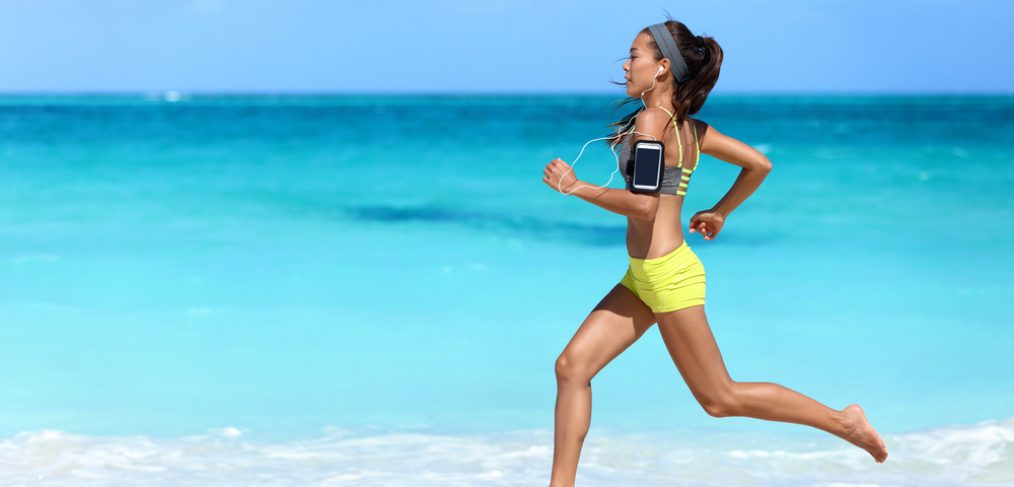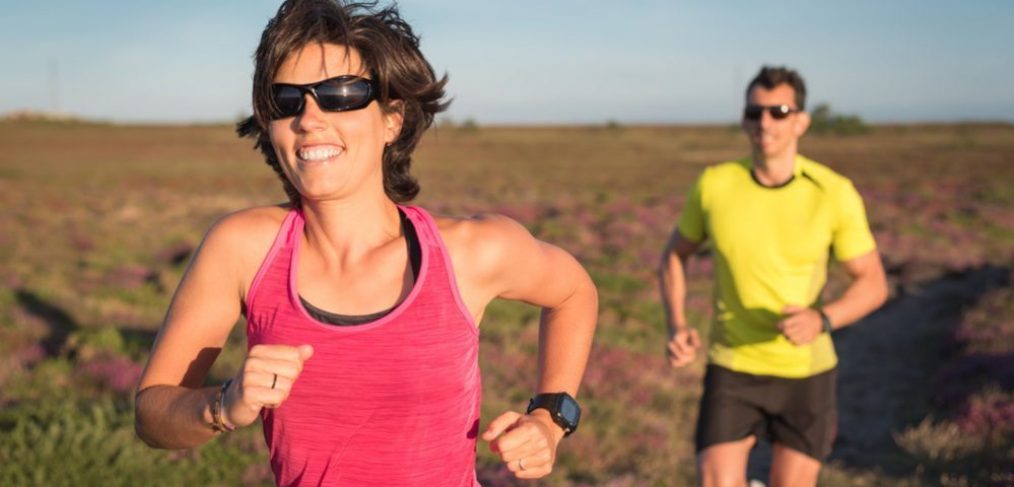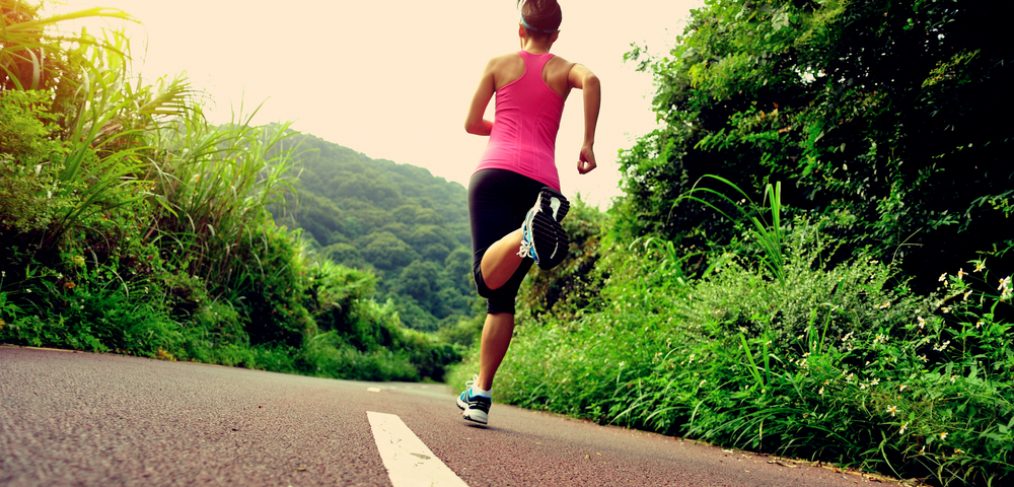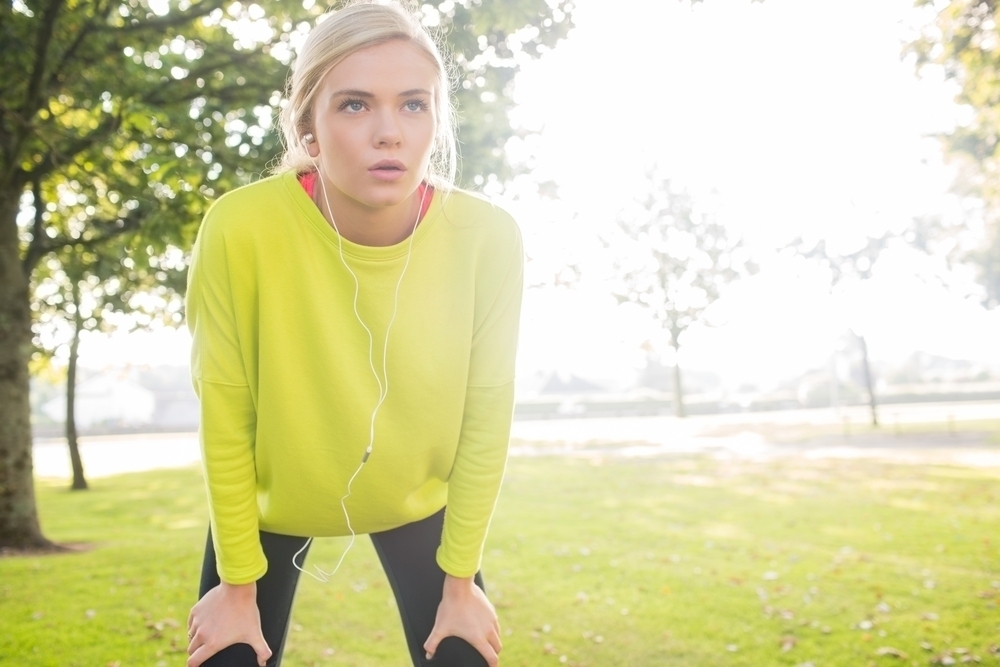You just got an invite to your high school reunion. Great, right? You’ve stayed chummy with all your old friends through social media; now you’ll get some time to catch up face to face. There’s only one problem. The picture on your Facebook page is about two years old and you’ve gone up about two dress sizes since you took it. What are you going to do? You can’t possibly show up looking like you spent the last ten years channel surfing with a pint of Ben and Jerry’s! You need to drop two dress sizes and you need to start now! What can you do?
Well, Khloe Kardashian did it, Jennifer Hudson did it, and Oprah Winfrey did it, several times! Here’s what you need to do to drop two dress sizes in a few weeks time.
Eating
Leading naturopath Max Tomlinson says, “You need to be clever with your diet to see optimum results, especially within a relatively short time frame. Crash dieting or starvation will only lead to weight gain down the line,” These are some of the suggestions Max recommends:
Eat Regularly
If you skip meals, your body will store the food you eat rather than burning it as a source of energy. Regular eating will kick start your metabolism and help you lose weight. Breakfast is the most important meal for raising metabolic rate and ensuring that the body uses food effectively for the remainder of the day.
Control Portions
Try to reduce food intake by 45 percent. Try to consume 1,000 calories per day to lose weight without slowing metabolism.
What to Eat
Avoid empty calories and make sure to eat food that is nutrient rich. Plan a menu consisting of foods such as organic fish, eggs, poultry, lean meat, brown rice, quinoa and oats. Satisfy the RDA with two servings of fruit and three of vegetables, sticking to leafy greens and avoiding peas and sugar rich roots vegetables like carrots and sweet potatoes.
What Not to Eat
Steer clear of junk food and saturated fats. Restrict dairy intake, or cut it out completely, and replace it with goat milk and soy cheese. Limit treats like cakes and chips and don’t drink too many fluids. Many people up their liquid intake when they diet, but water can be taxing on your kidneys causing poor digestion and bloating.
Training
Tomlinson says, “When you diet without exercise, at least half of your weight comes for lean body mass. (muscle and non-fat tissue.) This slows your metabolism, setting you up for weight regain as soon as you increase your food intake.” Here’s one of the exercises Tomlinson suggests for his celebrity clientele.
Pile Squats
Stand with your feet a hip-width apart with your feet turned out holding dumbbells in each hand with your palms facing inward. Put your weight on your heals and squat, curling arms to your shoulders and keeping your elbows tucked in. Hold squat, and push your arms up, locking your elbows. Lower arms and come out of squat. Repeat 20-30 times.
Let us know your tips for keeping slim and, if you ever dropped a dress size or two, we’d love to hear how you did it! Let us know!



